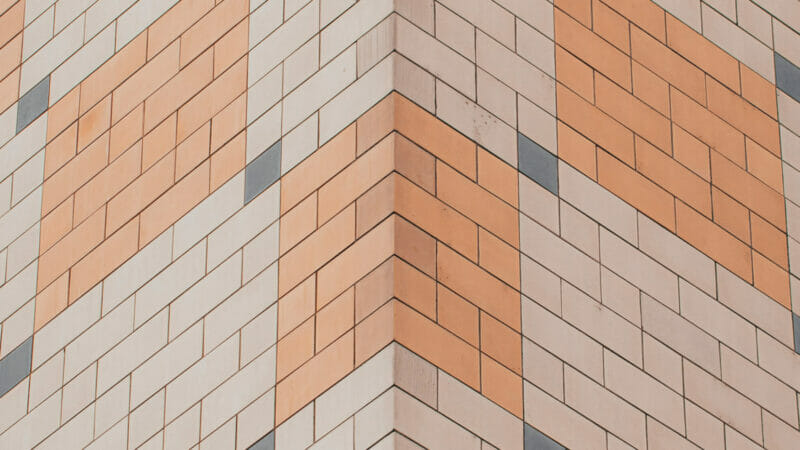The costs of dragging a reasonable council to court
In building defect claims, sometimes it feels like homeowners are driven by raw emotion rather than good financial sense. In such cases, despite our best efforts, occasionally a claim that should settle will end up in Court for trial. In this situation, local authorities should consider how best they can protect themselves from getting a costs award made against them, should the homeowners be successful in their claim.
We recently had just this type of claim for one of our district council clients, which was named as the ninth defendant in a claim about a defective new residential dwelling. We successfully turned this building defect claim on its head. So despite an award being made against the defendants (including the council) at trial, the defendants were successful in obtaining increased costs against the homeowners that exceeded the homeowners’ judgment amount.
What the claim came down to at the hearing
The most significant defect was the use of incorrect building paper under a palliside weatherboard cladding system. At trial, the only issue for the council was how much it would cost to repair the house.
The homeowners sought judgment of around $150,000, with approximately $100,000 for estimated remedial costs. By comparison, the defendants considered that $57,000 was a reasonable amount for remediation. The discrepancy largely arose from the plaintiffs’ view that only an approved palliside service provider could undertake the required works. The defendants’ evidence was that the person undertaking the works did not have to be a palliside service provider.
While judgment was awarded to the homeowners, the sum was more in accordance with the figures provided by the defendants. In considering each party’s evidence, the judge ultimately preferred that of the defendants i.e. that an approved palliside service provider was not required to undertake the remedial work.
The Court awarded $54,885.94 to the plaintiffs in relation to the use of incorrect building paper (with liability split 20:80 between the council and other defendants). An additional $10,469.80 was awarded to the plaintiffs for defects unconnected to the use of incorrect building paper. Only the construction parties were liable for this cost.
The council “lost”, but did it really lose?
Costs were sought by both the homeowners and the defendants.
The defendants argued that although the homeowners were awarded judgment against the defendants, the defendants were successful in the proceeding as their five settlement offers were better than the judgment and the plaintiffs had acted unnecessarily in continuing the proceeding because:
- The defendants had tried to negotiate and reason with the plaintiffs prior to the trial (including five settlement offers and attendance at a judicial settlement conference).
- The homeowners took an unreasonable position that only one person was suitable to repair their home – they wanted a Rolls Royce repair solution.
- The homeowners had in fact obtained a quote in 2014 for the work from a builder for around the same price as that provided by the defendants. However, the defendants were not shown this quote until they were provided with the disclosure bundle for trial.
The homeowners argued that they had been successful because they were awarded judgment against the defendants. The homeowners maintained that the settlement offers were not capable of acceptance and, this issue aside, it had been reasonable not to respond.
The Judge noted that the fifth settlement offer, offered a greater amount to settle than that awarded by the Court and dealt extensively with the individual issues that made up the claim. The Judge held that the defendants had done their reasonable best to settle the matter and avoid trial.
The Judge concluded that, although unsuccessful, the defendants were entitled to costs and that the costs should be in excess of scale (by 25 percent) as “it is hard to imagine what more the defendants could have done to avoid the Court hearing.”
The costs awarded against the homeowners were in excess of what they had been awarded in the substantive decision.
What to do if faced with difficult homeowners
If you feel you are being dragged to Court, then talk to your advisors about how best to protect your position.
As we always say: being a winner is all about the preparation. Spend time working out with your experts and lawyers what the most likely outcome is for you. Understand the financial costs of your best and worst case scenarios at trial.Understand your expert evidence and be comfortable that the repair solution they propose (and the cost of it) is the most reasonable way forward. Then make every effort to achieve the most likely outcome by putting in writing clear, concise and detailed settlement offers. Anticipate the homeowners’ arguments and deal with each of them in turn.
Dealing with difficult litigants is stressful and time consuming, but this case shows that Rice + Co’s calm and considered approach can reap rewards.



